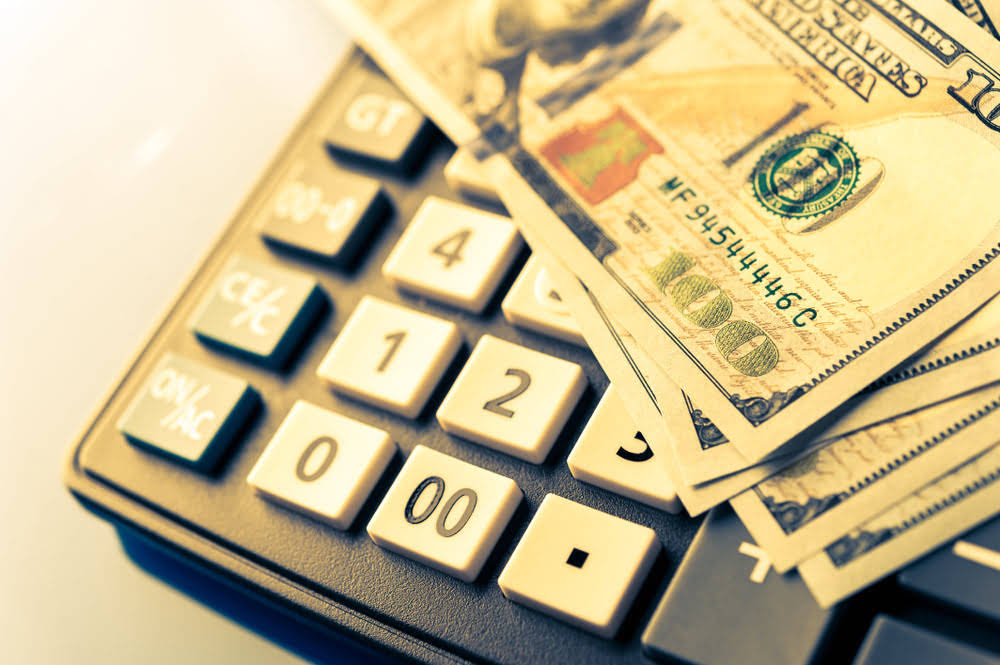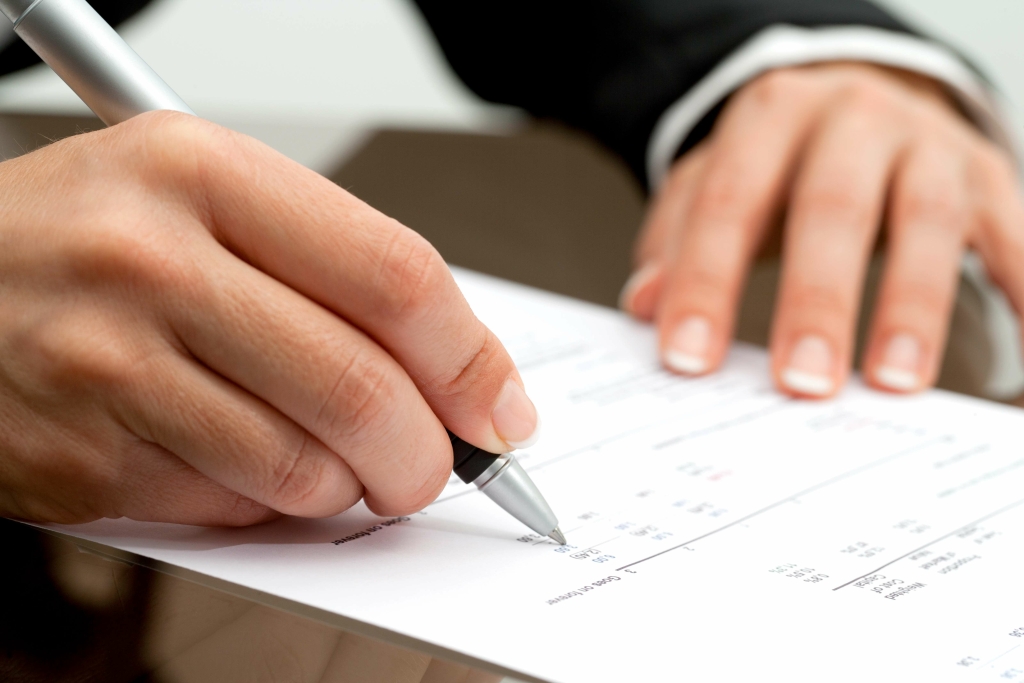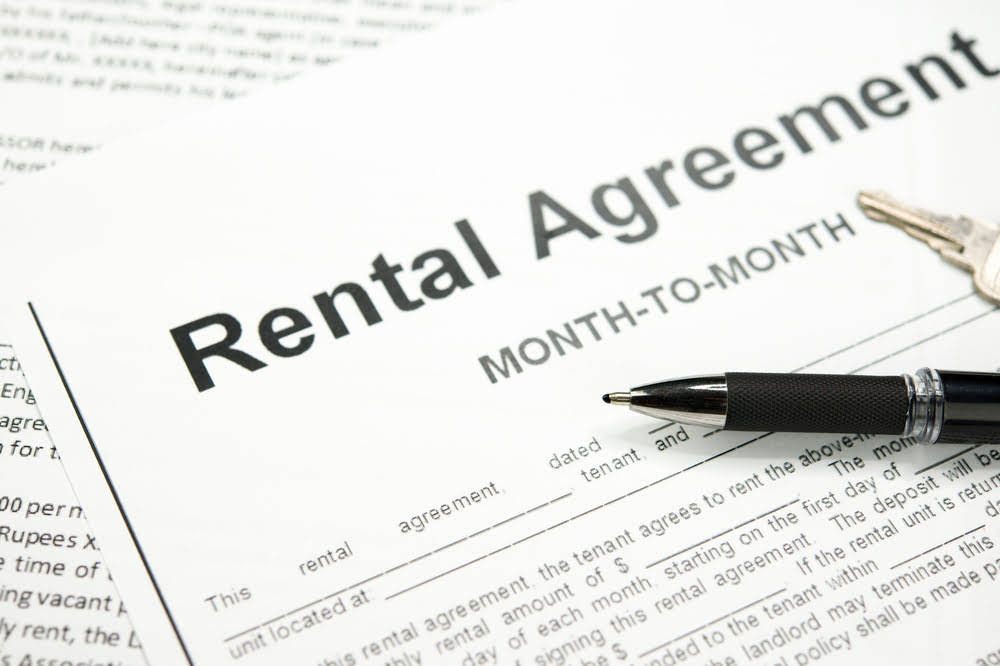
The classification is critical to the company’s management of its financial obligations. Liability generally refers to the state of being responsible for something. The term can refer to any money or service owed to another party.
How do liabilities affect a business’s current and long-term operations?
In the vast landscape of accounting, every component has its significance, and each carries a story of financial choices and future implications. Liabilities, as we’ve seen, are more than just numbers indicating what we owe — they’re indicators of the business strategy, what falls under liabilities in accounting adaptability, and foresight. One of the most critical yet misunderstood components of this financial story is ‘liabilities’. While many entrepreneurs diligently track their revenue and assets, it’s equally crucial to understand the nuances of liabilities.
- Potential buyers will probably want to see a lower debt to capital ratio—something to keep in mind if you’re planning on selling your business in the future.
- Now let’s say you spend $4,000 of your company’s cash on MacBooks.
- Assets are broken out into current assets (those likely to be converted into cash within one year) and non-current assets (those that will provide economic benefits for one year or more).
- Examples of liabilities include bank loans, IOUs, promissory notes, salaries of employees, and taxes.
- And if your business does have debt, you’re going to have liabilities.
Understanding Liabilities
If you made an agreement to pay a third party a sum of money at a later date, that is a liability. Basically, these are any debts or obligations you have that need to get paid within a year. It’s important to keep a close eye on your current liabilities to help make sure that you have enough liquidity from your current assets.

How are liabilities related to assets and equity?
Sign up to receive more well-researched small business articles and topics in your inbox, personalized for you. A contingency is an existing condition or situation that’s uncertain as to whether it’ll happen or not. An example is the possibility of paying damages as a result of an unfavorable court case. The condition is whether the entity will receive a favorable court judgment while the uncertainty pertains to the amount of damages to be paid if the entity receives an unfavorable court judgment.
- Although the recognition and reporting of the liabilities comply with different accounting standards, the main principles are close to the IFRS.
- List your long-term liabilities separately on your balance sheet.
- Measuring a company’s net worth helps stakeholders evaluate its financial strength and overall stability.
- Simply put, a business should have enough assets (items of financial value) to pay off its debt.
- If you don’t update your books, your report will give you an inaccurate representation of your finances.
- However, an expense can create a liability if the expense is not immediately paid.
In accounting, both liabilities and assets appear on the Balance Sheet as a snapshot of a moment in time. Unlike income and expenses, where you may want to look at them for a certain time period, assets and liabilities are viewed as of specific dates. Balance Sheet statements are frequently created at the end of a month, quarter, or year and thus, assets and liabilities are viewed as of those particular moments as well. If it is expected to be settled in the short-term (normally within 1 year), then it is a current liability.
How are liabilities used in calculating a company’s net worth?
You can calculate your total liabilities by adding your short-term and long-term debts. Keep in mind your probable contingent liabilities are a best estimate and make note that the actual number may vary. Also sometimes called “non-current liabilities,” these are any obligations, payables, loans and any other liabilities that are due more than 12 months from now. The balance sheet is just a more detailed version of the fundamental accounting equation—also known as the balance sheet formula—which includes assets, liabilities, and shareholders’ equity. A balance sheet provides a snapshot of a company’s financial performance at a given point in time.

After a long career as an art dealer, Amrish Chauhan opened an art gallery in New York City in his early fifties. The gallery was a hit from the very start, but Amrish’s accounts were in a mess. As the owner of a small, creative-oriented business, you need to be aware of the concept of liabilities. Here, we cover the various aspects of liabilities to better understand your business’s accounting side. As a small business, you need to manage your business accounting accurately.

Planning for Future Obligations
Assets, liabilities, and equity

No comment yet, add your voice below!